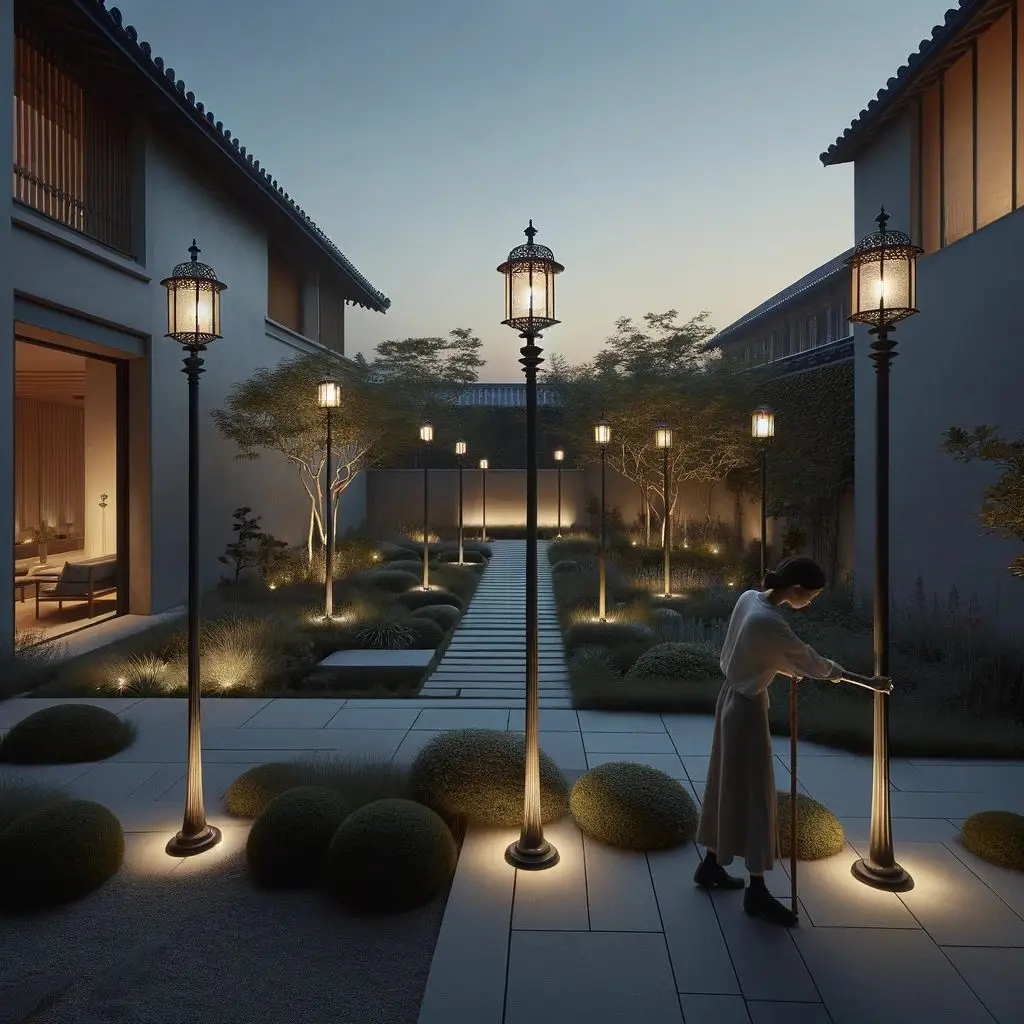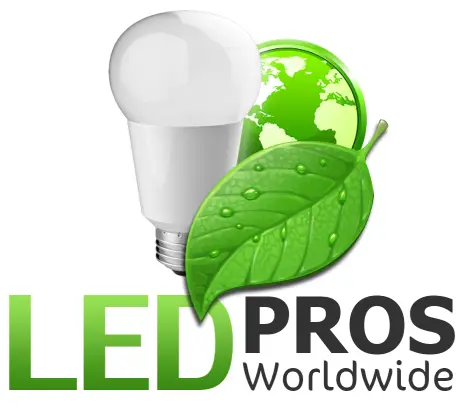When you think about your homeowners association (HOA), lighting might not be the first thing that comes to mind. However, it’s a crucial aspect of community living that impacts safety, aesthetics, and property values. In this article, we’ll explore the world of HOA LED outdoor lighting and discuss why it’s so important for residential communities, especially upscale ones. Read more about What is a Homeowner Association? here.
The Importance of HOA Lighting: Benefits and Considerations
Enhancing Safety Through Illumination
Proper lighting in common areas like walkways, parking lots, and recreational spaces significantly reduces the risk of accidents and creates a safer environment for residents. It’s not just about preventing minor mishaps; good lighting also plays a role in deterring criminal activity. Well-lit areas are less appealing to potential wrongdoers, contributing to overall community security.
Elevating Aesthetics: Homeowners Association Architectural Lighting
Homeowners association architectural lighting isn’t solely functional; it’s an important design element. When executed well, it can dramatically improve your community’s appearance and potentially increase property values.
Consider these lighting techniques to enhance your community’s aesthetic:
1. Uplighting: Illuminate trees, sculptures, or architectural features from below
2. Path lighting: Provide subtle, ground-level illumination to guide the way
3. Accent lighting: Highlight key landscape elements or building facades
Embracing Energy Efficiency with LED Technology
In today’s world, energy-efficient solutions are more important than ever. HOA LED outdoor lighting offers numerous benefits in this regard. These modern lighting options are energy-efficient, long-lasting, and versatile.
By switching to LED, associations can:
– Reduce energy consumption by up to 75%
– Lower maintenance costs due to longer bulb life
– Customize lighting color and intensity for different areas and purposes
Implementing HOA LED Outdoor Lighting: A Step-by-Step Approach
Step 1: Evaluate Your Current Lighting Setup
Before making changes, it’s important to assess your current lighting situation. Identify areas that are insufficiently lit or could benefit from improved illumination. This evaluation will help you prioritize your lighting needs and develop an effective plan.
Step 2: Create a Comprehensive Lighting Plan
Once you’ve assessed your community’s lighting needs, it’s time to develop a detailed plan. Your lighting master plan should include:
– Specific areas to be illuminated
– Types of fixtures and bulbs to be used
– Installation timeline and budget
– Maintenance and replacement schedules
 |
Step 3: Select Appropriate Fixtures
For homeowners association outdoor lighting in upscale communities, choosing the right fixtures is crucial. Look for options that are:
– Durable and weather-resistant
– Consistent with your community’s architectural style
– Dark sky compliant to reduce light pollution
– Easy to maintain and replace
Step 4: Professional Installation and Ongoing Maintenance
With your plan in place and fixtures selected, it’s time for installation. Hire a professional lighting installer to ensure everything is done safely and up to code. Don’t forget about ongoing maintenance – regular check-ups and bulb replacements will keep your community well-lit for years to come. Read more about Transforming Gated Communities with Outdoor and Solar LED Lighting here.
Addressing Common HOA Lighting Challenges
Challenge 1: Working Within Budget Constraints
Lighting upgrades can be a significant expense, but they’re an investment in your community’s future. To make it more manageable:
– Implement changes in phases
– Look for energy rebates and incentives
– Consider a special assessment or allocate funds from reserves
Challenge 2: Addressing Resident Concerns
Some residents might have concerns about light pollution or increased energy costs. Address these issues proactively by:
– Holding informational meetings
– Providing fact sheets on the benefits of LED lighting
– Installing timers or motion sensors to minimize unnecessary illumination
Challenge 3: Striking a Balance Between Aesthetics and Functionality
Finding the right balance between attractive and practical lighting can be challenging. Consider working with a professional lighting designer who understands the unique needs of homeowners association architectural lighting to create a plan that meets both aesthetic and functional requirements.
FAQs: Answering Common Questions About HOA Lighting
Q: What kind of energy savings can we expect by switching to LED outdoor lighting?
A: While savings can vary, many communities report energy cost reductions of 50-75% after switching to LED. Read more about Can New Commercial LED Light Fixtures Save You Money here.
Q: Will improved lighting affect our security costs?
A: Improved lighting often leads to decreased security costs by deterring criminal activity and reducing the need for additional patrols.
Q: How long do LED bulbs typically last?
A: LED bulbs can last up to 50,000 hours or more, resulting in less frequent replacements and lower maintenance costs over time.
Q: Is solar-powered lighting a viable option for our community?
A: Solar-powered options are becoming increasingly popular for HOA LED outdoor lighting, especially in areas with ample sunlight.
Q: How do we ensure our lighting complies with local regulations?
A: Consult with local authorities and a professional lighting designer to ensure your plans meet all relevant regulations and dark sky compliance standards.
Conclusion: Brightening the Future of Your HOA
We’ve covered significant ground in exploring homeowner association lighting, from safety and aesthetics to energy efficiency and implementation strategies. It’s clear that thoughtful lighting design plays a crucial role in creating a desirable living environment. By embracing HOA LED outdoor lighting and well-planned architectural lighting design, you can enhance your community’s safety, attractiveness, and overall value.
Remember that developing an effective lighting plan takes time and careful consideration. Involve your residents in the process and don’t hesitate to seek professional guidance when needed. With careful planning and implementation, you can create a community that stands out – both day and night.
Take the initiative to improve your HOA’s lighting. Your efforts will contribute to a safer, more attractive, and more valuable community for all residents.
Your message has been sent
